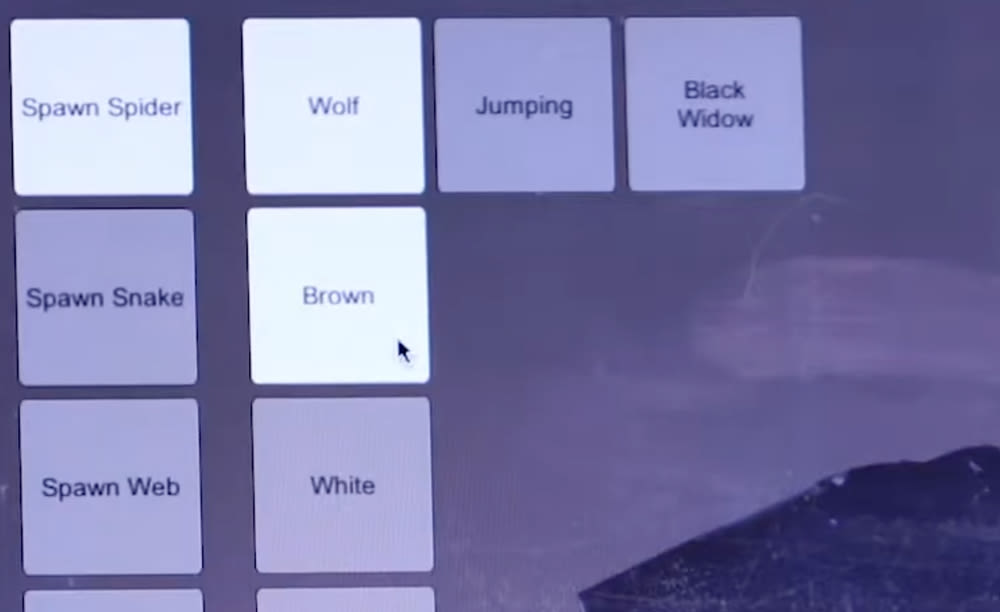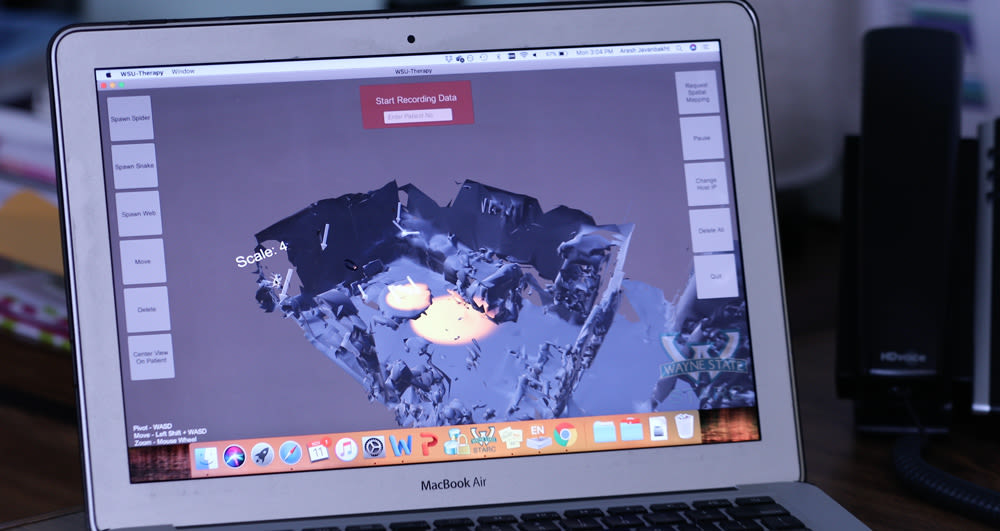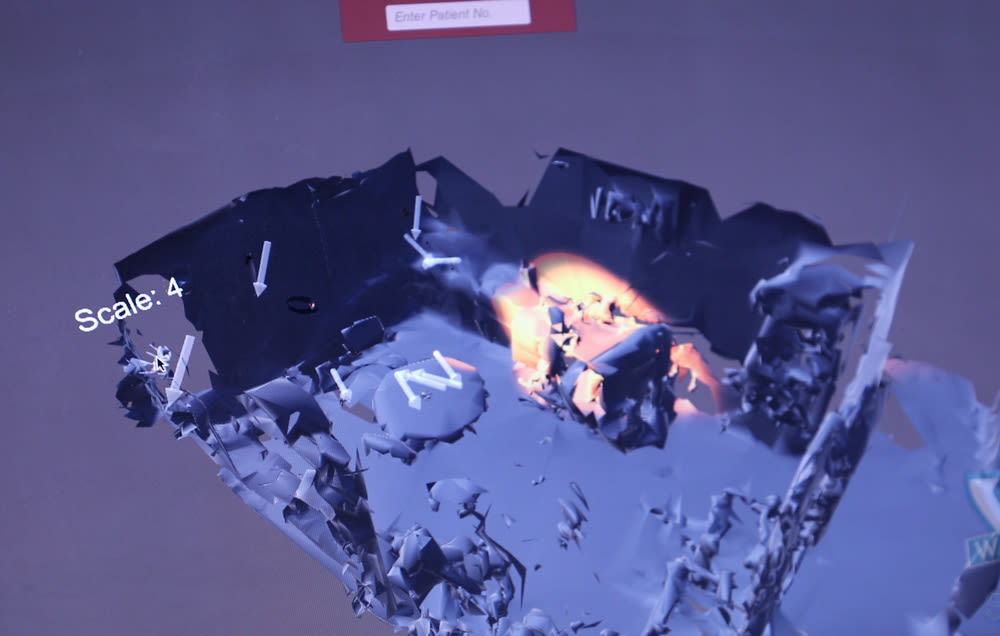"Don, the CrossComm CEO, was like a colleague in my lab. A team partner. And that was very heart warming, and that was very helpful in being able to trust each other."

Client
Wayne State University School of Medicine
Services
AR/VR, and Healthcare
Exposure therapy is a mental health treatment that (most commonly) is used to help people confront their phobias. Clinicians guide patients through sessions of gradual exposure to feared objects with the goal of increasing comfort and lessening fear over time.
Although exposure therapy is an effective and evidence-based treatment, there are some limitations to the practice:
Access to feared objects and situations is limited in a clinic setting
If a feared object is accessible, achieving multiple types of the feared objects remains a challenge
Clinicians can not fully control the behavior of feared objects such as spiders or snakes
Treatment is limited to the clinic office, making it difficult to replicate real life experiences
Some people who could benefit from exposure therapy lack geographic access to experts
Dr. Arash Javanbakht is a psychiatrist and the director of the Stress, Trauma, and Anxiety Research Clinic (STARC) at Wayne State University. He thought an augmented reality exposure therapy (ARET) app could help to address these issues and looked to CrossComm to help him build it.
Approach
CrossComm and Dr. Javanbakht agreed that the HoloLens (a mixed-reality headset made by Microsoft) would be the best device to deliver the experience Dr. Javanbakht envisioned. The HoloLens features a see-through visor that projects holographic material (in this case, feared objects) over the real-world view of the user.
CrossComm identified the following necessary attributes that the HoloLens AR app needed in order to be successful.
Realistic look, placement, and movement of 3D Objects
Clinician-control of feared objects
Realistic 3D Objects
Dr. Javanbakht chose to focus on arachnophobia for his pilot study. The CrossComm team needed to ensure that the spiders used in the AR experience looked realistic enough to actually trigger a participant’s fear, and moved in ways that accurately represented the movements of real spiders.
Finally, the digital spiders needed to successfully anchor to real-world surfaces to complete the illusion that they were part of the real-world. The HoloLens device uses optical sensors to get a spatial map of a real-world environment. CrossComm’s immersive team used the Unity game engine to build an app that accessed spatial mapping data from the HoloLens. They programmed the app to scan the real-world, develop a mesh of the immediate environment, and spawn holograms of moving spiders that could seamlessly navigate the simulated topography.
Clinician-controlled desktop application
It is important for exposure therapy sessions to be clinician-led and controlled so as to not traumatize the patient or put them at risk. CrossComm created a desktop application to run on a clinician’s computer that connects to the Hololens using a local area network (LAN). The desktop application was built to receive a mesh of the real-world environment from the HoloLens and display it visually for the clinician on their computer. This allows the clinician to get a better understanding of the space’s objects and surfaces, as well as the position of the patient within the space.
Included in the desktop app are convenient menus that allow the clinician to choose attributes of the feared object (such as type, color, and size). The clinician can also choose the direction and speed that the spiders move, and the overall number of spiders in the space. With this level of control and customization, clinicians can tailor treatment to the specific fears and comfort levels of a patient.
Results
A pilot study of 25 subjects with arachnophobia was conducted by Dr. Javanbakht and his team to see the effects of the ARET treatment on the subjects’ fears of spiders. After only a single exposure, all participants who received the treatment were able to “touch a live tarantula or the tank containing it.” Meanwhile, participants in the control group stayed more than a meter away from the tank. Results remained positive at the one-month followup, with the effects of the ARET therapy persisting or improving.
Dr. Javanbakht and his team believe that not only can this modernized form of exposure therapy address other phobias, it can also be used to help address other issues, such as PTSD, OCD and substance abuse. They plan on adding to the library of triggers, including snakes, dogs, cats, dirt, clutter, crowds, fireworks and lightning.
This novel use of AR also has implications for the future of exposure therapy as a form of telemedicine. If clinicians can safely and remotely introduce and control feared objects, while also delivering verbal guidance to a patient, physical distance between the two becomes less important. Clinicians can theoretically conduct exposure therapy sessions with patients remotely, helping to address geographic limitations to access.


